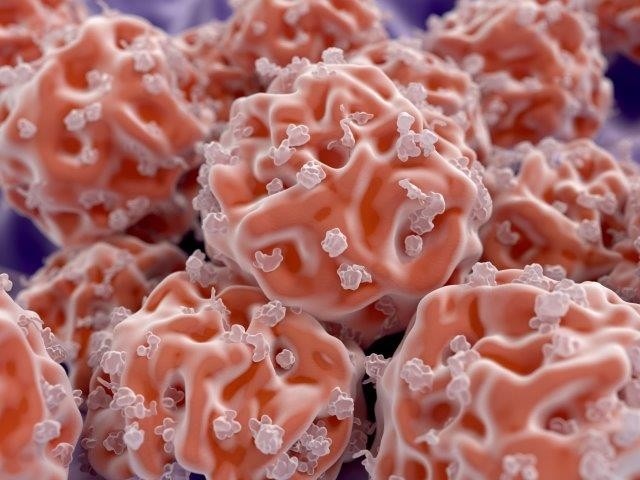Apr 19 2019
Imagine physicians having a remote control that they could employ to drive a patient’s own cells to a wound to accelerate the healing process.
 Researchers can guide stem cells (like those in the illustration above) to an injury by using near-infrared light and an injected DNA nanodevice. (Image credit: Juan Gaertner/Shutterstock.com)
Researchers can guide stem cells (like those in the illustration above) to an injury by using near-infrared light and an injected DNA nanodevice. (Image credit: Juan Gaertner/Shutterstock.com)
Such a device is still away from reality, however, scientists have described in the ACS journal Nano Letters of having taken a key initial step: They employed near-infrared light and an injected DNA nanodevice to direct stem cells to a wound, which helped in the regrowth of muscle tissue in mice.
Complex signaling pathways synchronize cellular activities like proliferation, movement, and even death. For instance, when signaling molecules attach to proteins known as receptor tyrosine kinases on a cell’s surface, they stimulate the receptors to pair up and phosphorylate each other. This process can trigger other proteins that eventually result in a cell moving or growing.
Hong-Hui Wang, Zhou Nie, and partners doubted if they could set up a nanodevice to cells that would rewire this system, activating the receptors by near-infrared light rather than signaling molecules. The scientists opted for near-infrared as it can penetrate living tissues, in contrast to visible or ultraviolet light. The group aimed a receptor tyrosine kinase known as MET, which is important for wound healing.
The scientists developed a DNA molecule that can attach to two MET receptors at the same time, binding them together and stimulating them. In order to make the system responsive to light, the researchers linked multiple copies of the DNA sequence to gold nanorods. On irradiating near-infrared light, the nanorods get heated up and release the DNA so that it could trigger the receptors.
The scientists introduced the DNA-bound gold nanorods into mice at the injured area and illuminated a near-infrared light on the mice for a few minutes. After three days, more muscle stem cells had moved to the wound in treated mice when compared to those in untreated mice. The treated mice also exhibited improved signs of muscle regeneration in comparison to control mice.
The researchers acknowledge funding from the National Natural Science Foundation of China, National Science and Technology Major Project, the Young Top-Notch Talent for Ten Thousand Talent Program, the Keypoint Research and Invention Program of Hunan Province, and the National Institutes of Health.